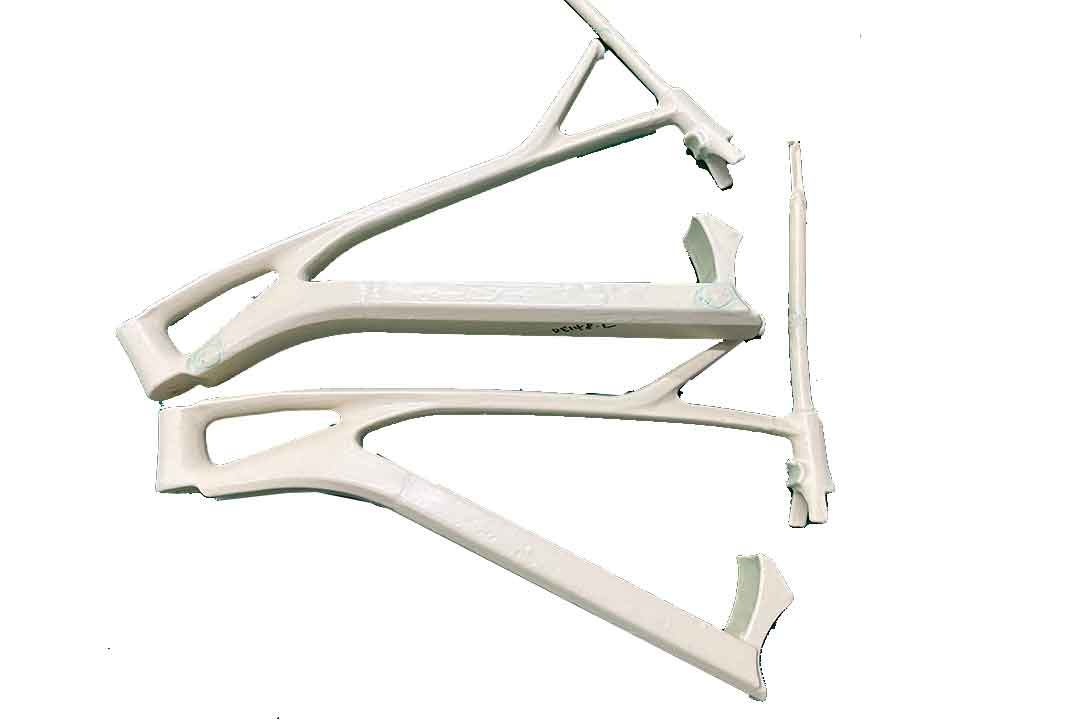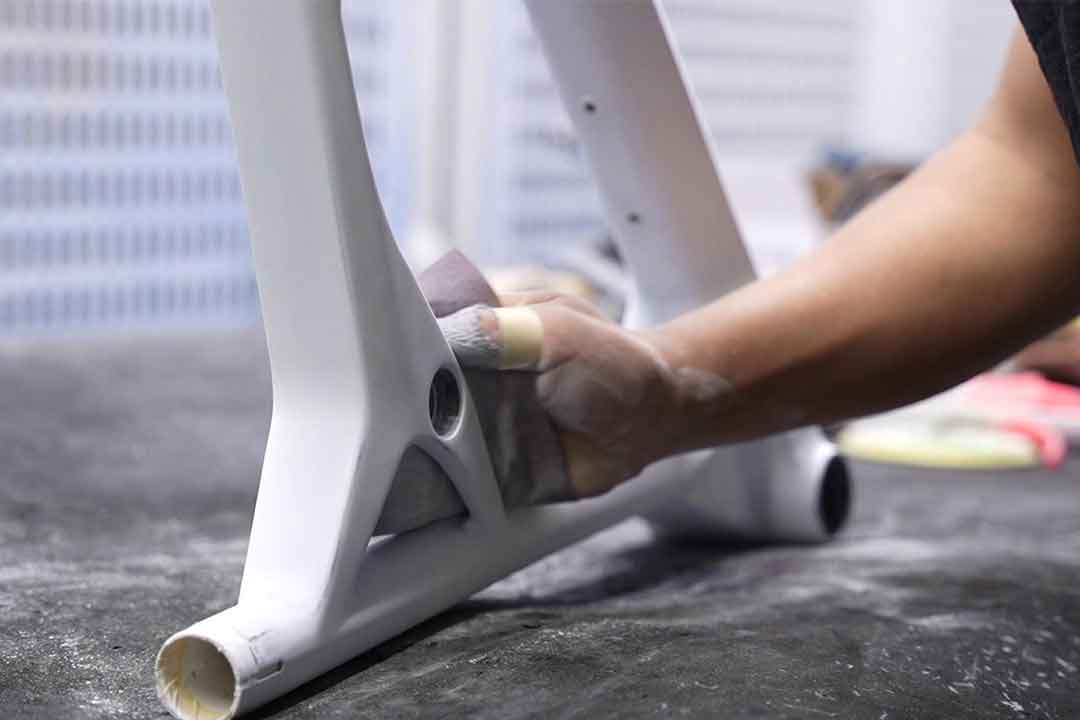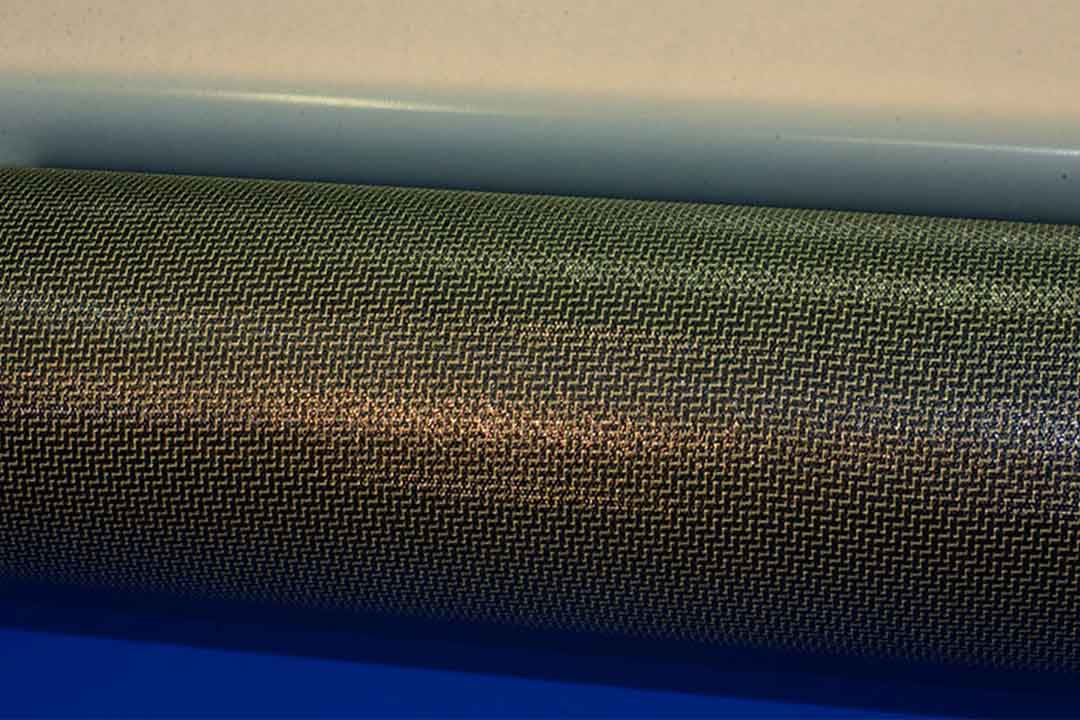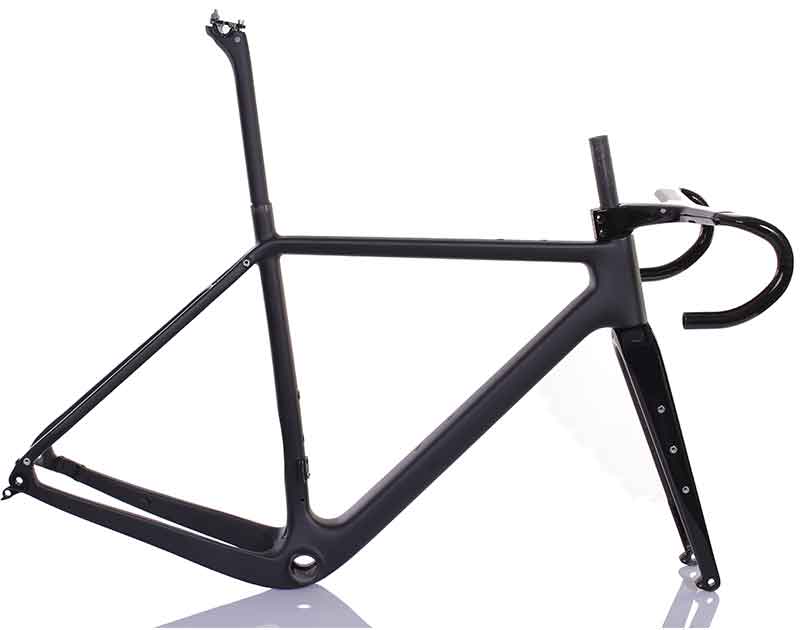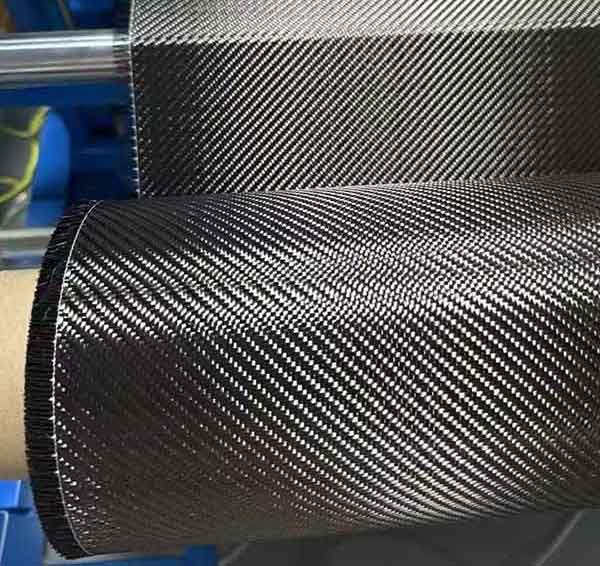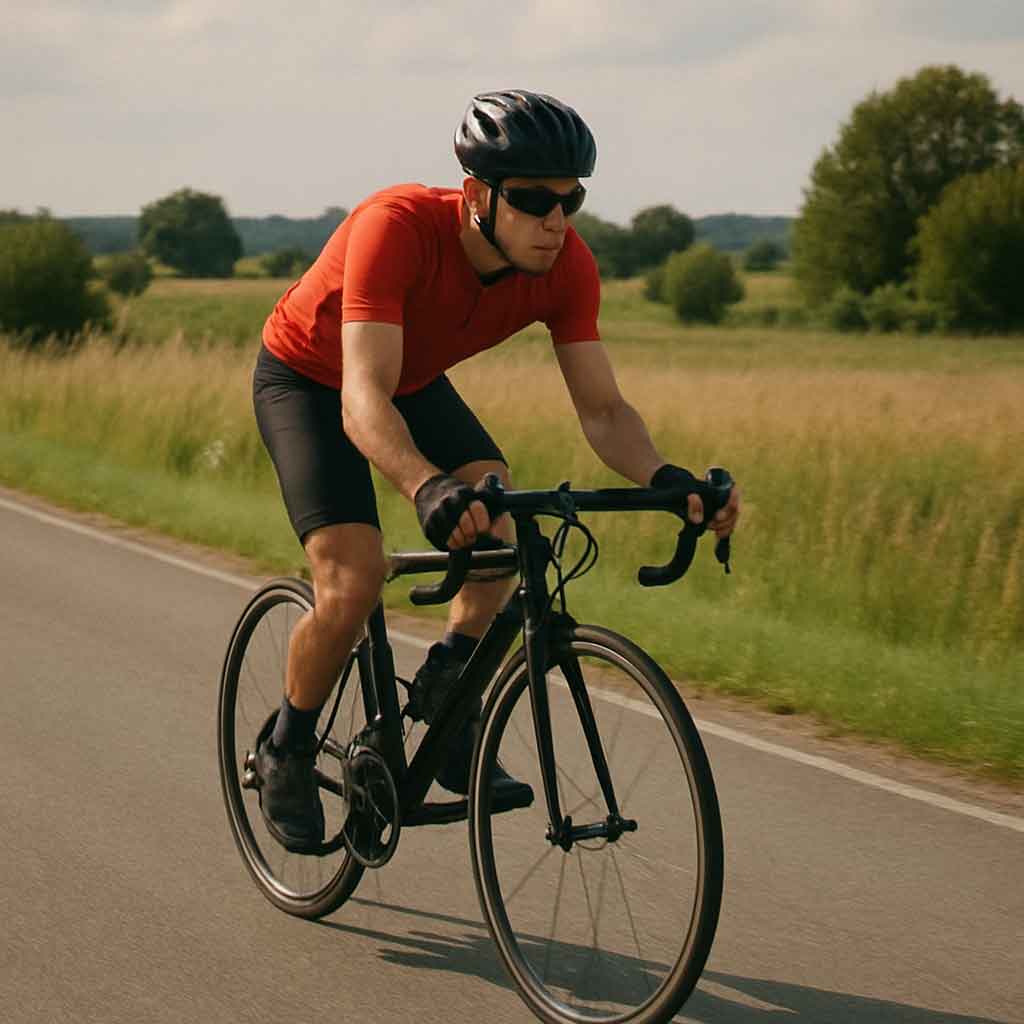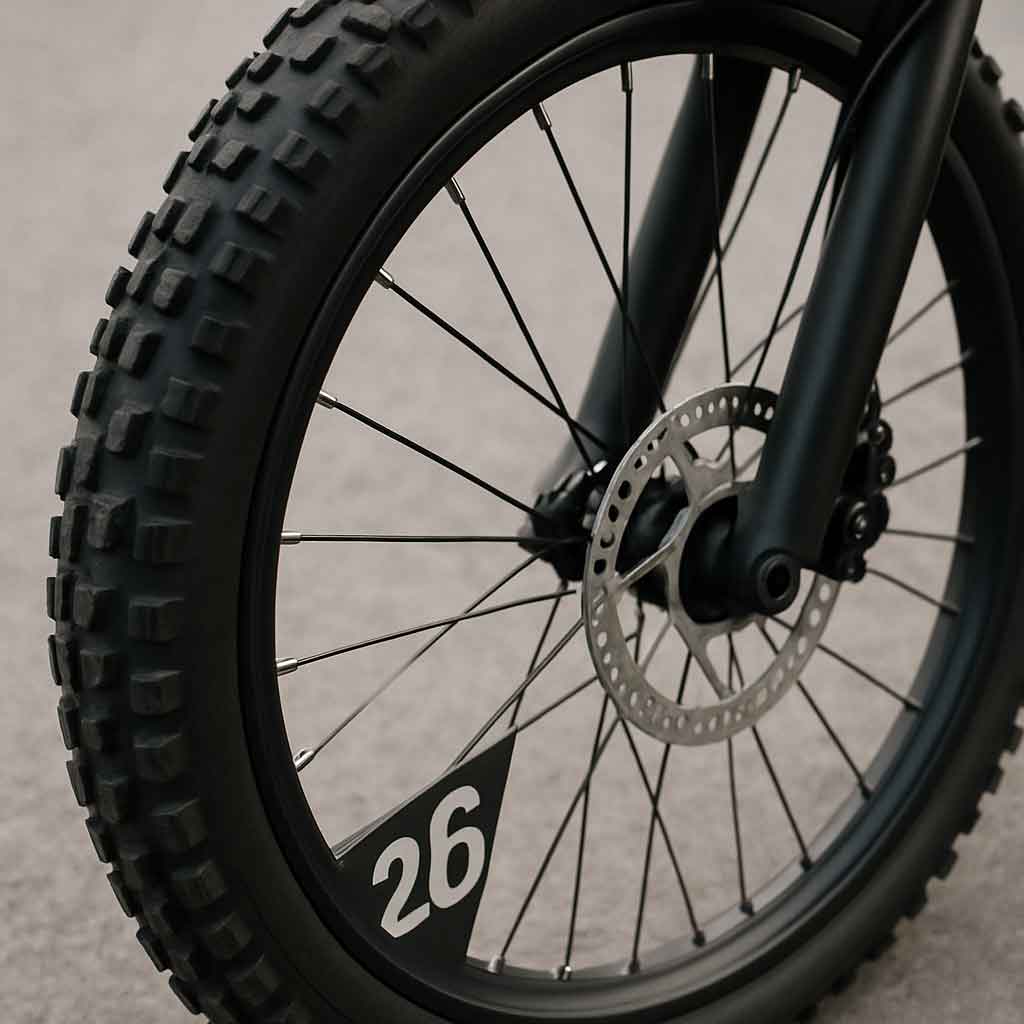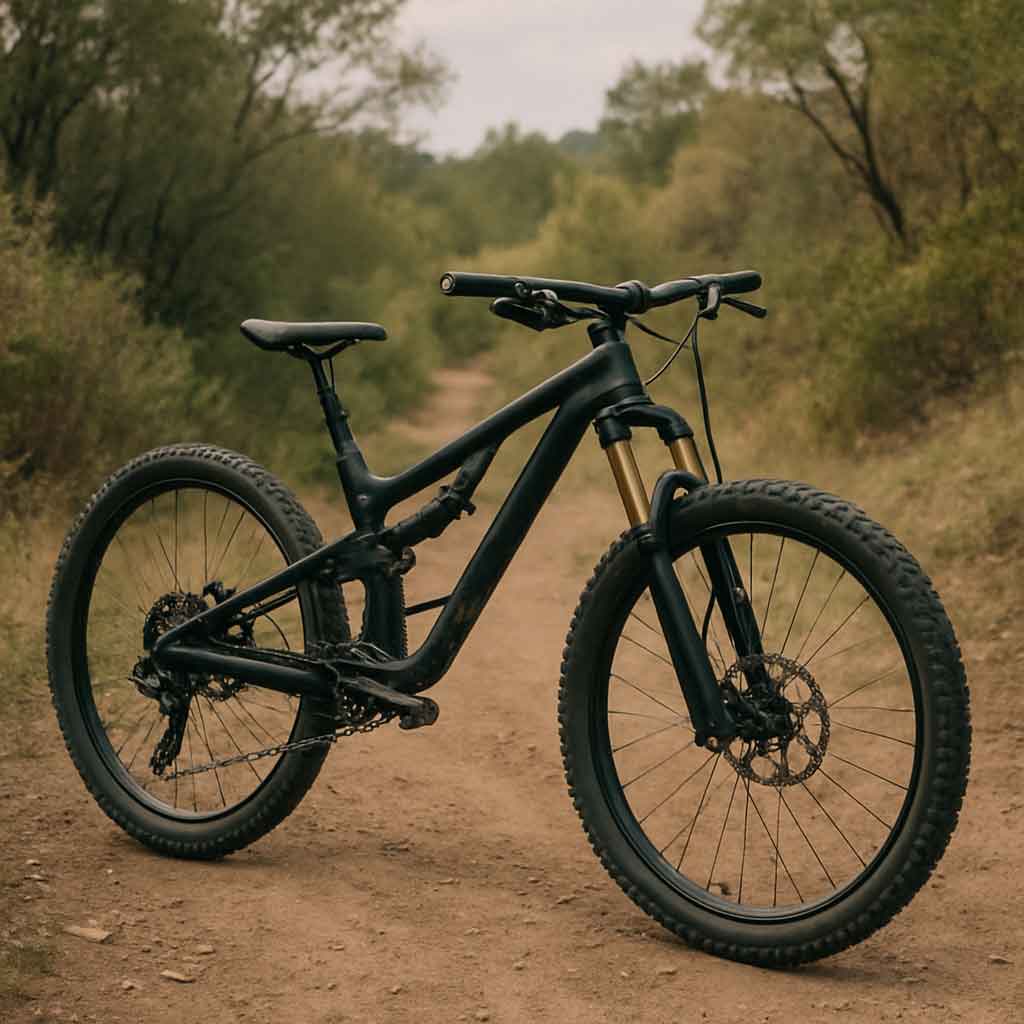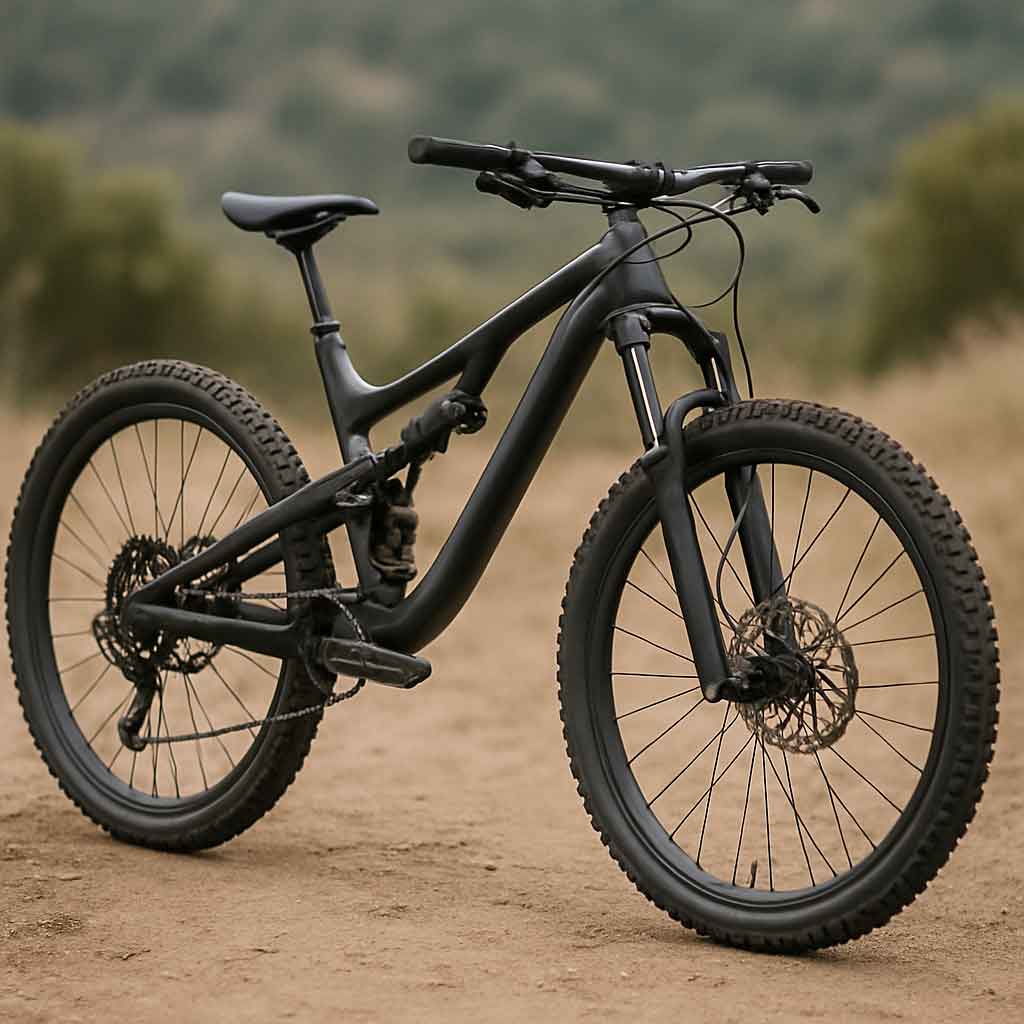Welcome to Mondince Bike - A well-known factory specialized in produce carbon bike frame and other parts since 2007.
How to Choose Your Perfect Road Bike
Choosing the perfect road bike can feel overwhelming with so many options available. Whether you're a beginner or a seasoned cyclist, the right road bike can make all the difference in your riding experience. This guide will help you understand what to look for when selecting a road bike, ensuring you find the best fit for your needs and preferences.
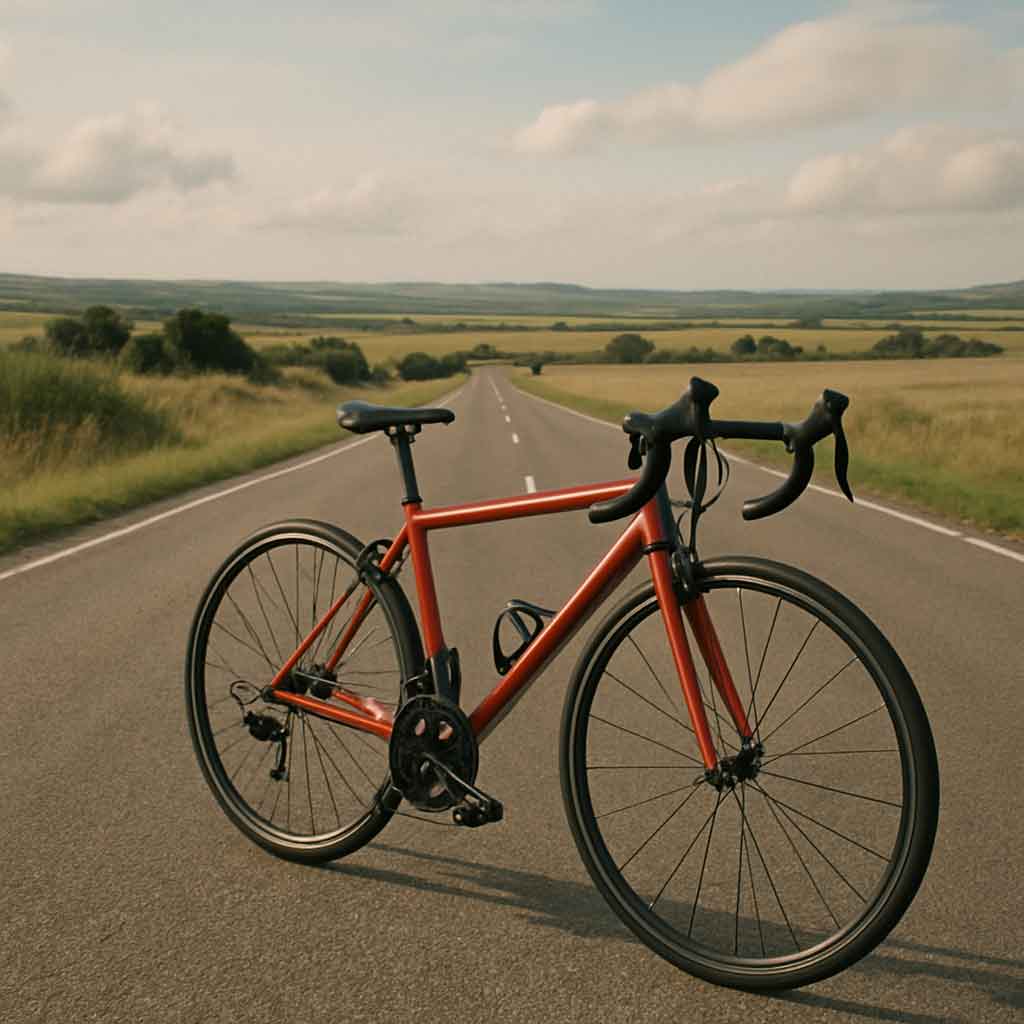
Road bikes are designed for speed and efficiency on paved surfaces. They are characterized by their lightweight frames, narrow tires, and drop handlebars. These features make them ideal for long-distance rides, racing, and commuting. However, not all road bikes are created equal, and it's essential to know what distinguishes one from another.
The Anatomy of a Road Bike
To appreciate road bikes, it's crucial to understand their anatomy. The frame is the backbone of the bike, dictating its strength, flexibility, and weight. Drop handlebars offer aerodynamic benefits, allowing riders to achieve higher speeds. The narrow tires reduce rolling resistance, enhancing speed and efficiency. Each component is meticulously designed to optimize performance on paved roads.
Types of Road Bikes
There are several types of road bikes, each designed for specific purposes:
- Racing Bikes: Built for speed, these bikes have a lightweight frame, aggressive geometry, and thin tires. They're perfect for competitive cycling and fast-paced rides. The aggressive geometry positions the rider for maximum aerodynamic efficiency, which is essential in races.
- Endurance Bikes: Designed for long-distance comfort, these bikes have a more relaxed geometry and can handle rougher roads. They're ideal for century rides and long tours. The frame geometry allows for a more upright riding position, reducing strain on the back and shoulders.
- Aero Bikes: These are optimized for aerodynamics and are best for time trials and flat courses. Aero bikes feature specialized frame shapes and integrated components that cut through the wind, making them ideal for time-conscious cyclists.
- Gravel Bikes: Although not traditional road bikes, gravel bikes are versatile and can handle both paved and unpaved surfaces. They offer the flexibility to explore different terrains without compromising comfort or performance.
Key Features to Consider
When choosing the best road bike for you, consider the following features:
- Frame Material: Common materials include aluminum, carbon fiber, steel, and titanium. Carbon fiber is lightweight and offers a smooth ride, while aluminum is durable and cost-effective. Steel provides a classic ride feel with excellent vibration damping, while titanium is a premium choice for its blend of lightweight and durability.
- Groupset: This includes the bike's gears and brakes. Options range from entry-level to high-end groupsets. Shimano and SRAM are popular brands. A higher-end groupset can offer smoother gear transitions and better overall performance, which can be crucial for competitive riders.
- Wheelset: Lightweight wheels improve speed and handling. Consider the type of riding you'll do when selecting wheels. Carbon wheels can offer aerodynamic benefits, while aluminum wheels are robust and cost-effective.
- Fit and Geometry: Comfort is crucial, so ensure the bike's geometry suits your body type and riding style. A professional bike fitting can adjust the bike to your specific measurements, enhancing comfort and reducing the risk of injury.
Determining Your Needs
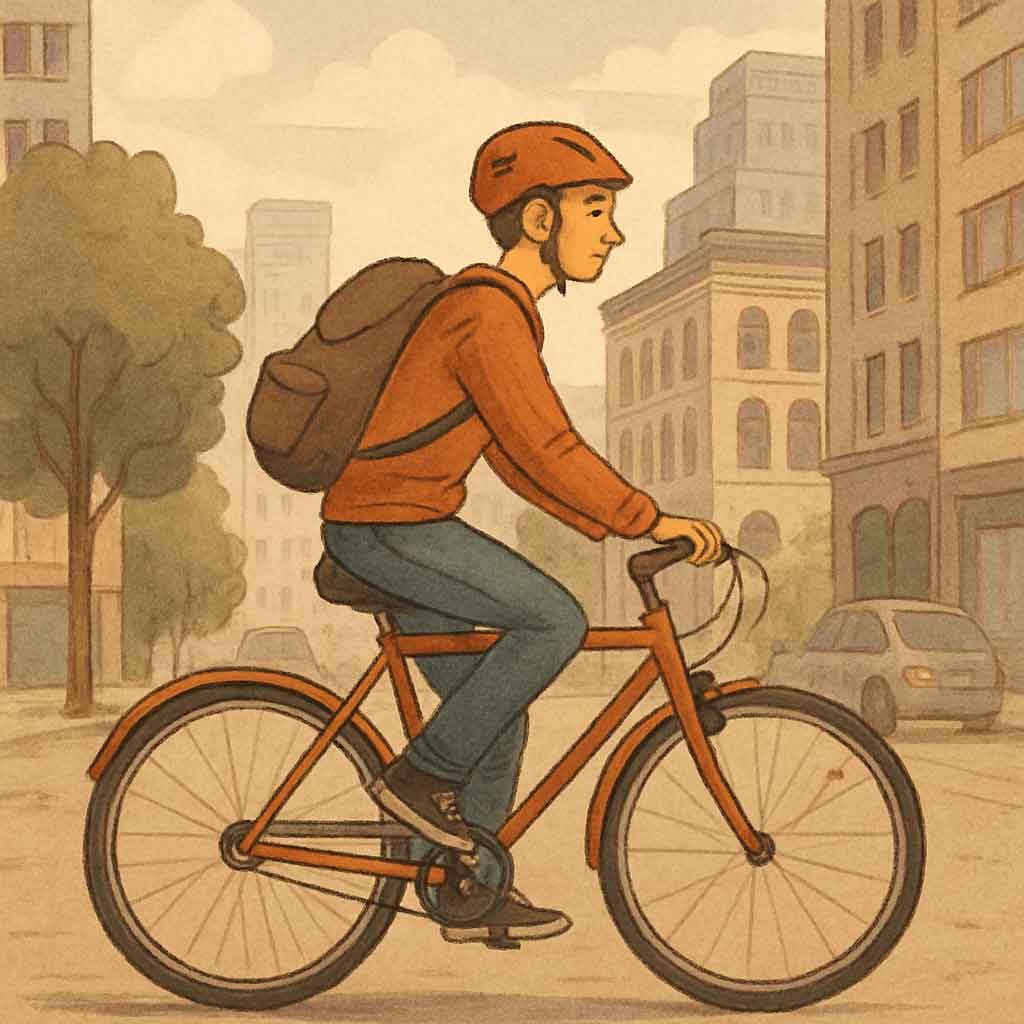
Before purchasing a road bike, think about how you plan to use it. Are you interested in racing, commuting, or long-distance touring? Your intended use will guide your choice.
Assessing Your Riding Goals
Define what you want to achieve with your cycling. Are you aiming to compete in local races or simply looking for a reliable commuter bike? Knowing your goals can help narrow down the type of bike that will best serve your purpose. If you're commuting, durability and comfort might take precedence over aerodynamics.
Budget Considerations
Road bikes can range from a few hundred to several thousand dollars. Set a budget that aligns with your goals and consider what features are most important to you. Remember, investing in a quality bike can save you money in the long run. Consider the potential need for future upgrades or accessories that might affect your budget.
Test Rides
Always test ride a bike before buying it. This will give you a feel for its comfort, handling, and performance. Pay attention to how the bike responds to your movements and whether you feel confident and in control. A test ride can reveal much about how well the bike suits your body and riding style.
Finding the Best Road Bike
Research and Reviews
Read reviews and gather information about different models. Online forums and cycling groups can provide valuable insights from real-world users. Look for patterns in feedback to identify potential issues or standout features. Pay attention to reviews that match your intended use, as experiences can vary widely between racing and recreational cyclists.
Visit Local Bike Shops
Local bike shops are excellent resources for expert advice. The staff can help you understand the differences between models and provide personalized recommendations. Supporting local shops also ensures you have a go-to place for maintenance and upgrades. They may even offer free tune-ups or discounts on future purchases.
Consider the Bike's Weight
A lightweight road bike is often preferred for its ease of handling and speed. However, lighter bikes usually come with a higher price tag. Determine how important weight is to your riding style and decide accordingly. Keep in mind that for some riders, other features may outweigh the benefits of a lighter bike.
Accessories and Upgrades
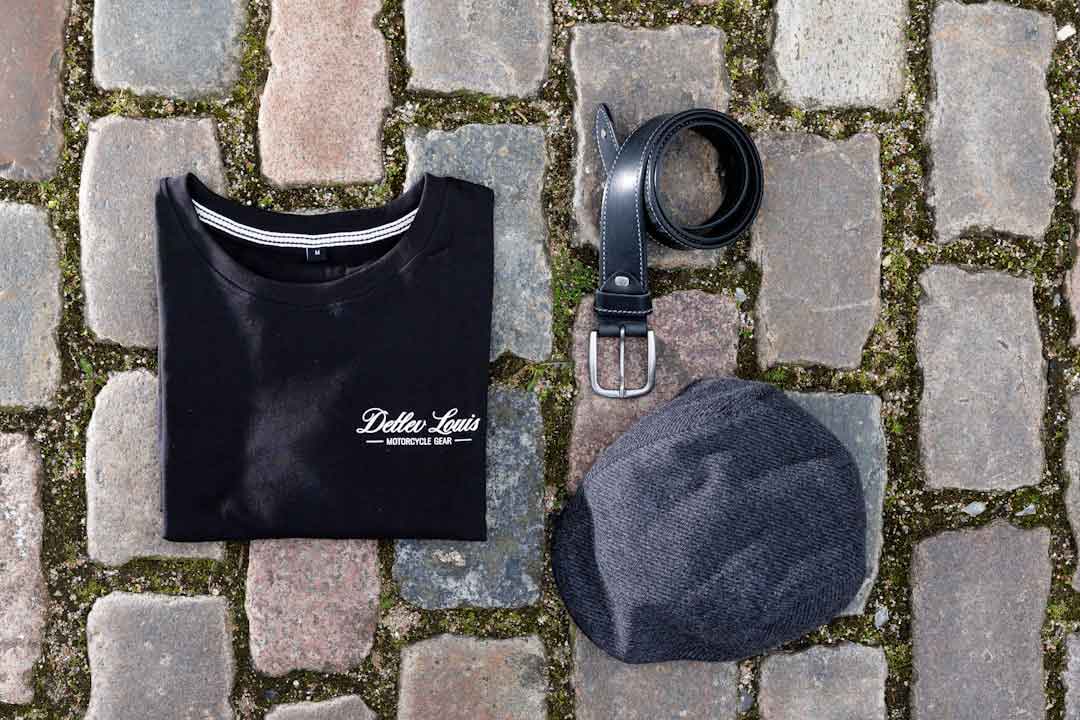
by LouisMoto (https://unsplash.com/@louismotorrad)
Once you've chosen your road bike, consider additional gear to enhance your cycling experience:
- Helmet: Safety first. A well-fitting helmet is essential for protection. Choose a helmet that meets safety standards and offers adequate ventilation for comfort during long rides.
- Cycling Apparel: Invest in comfortable clothing, including padded shorts and moisture-wicking jerseys. Quality apparel can drastically improve comfort, especially on long rides by reducing chafing and keeping you dry.
- Pedals and Shoes: Clipless pedals and cycling shoes improve efficiency and power transfer. The connection between your shoes and the pedals can significantly affect your cycling efficiency and comfort.
- Lights and Reflectors: Ensure you're visible to others, especially if you ride in low-light conditions. Visibility is crucial for safety, so invest in bright, reliable lights and reflective gear.
Upgrading Components
As you become more experienced, you may want to upgrade parts of your bike. Common upgrades include:
- Saddle: A comfortable saddle can make a significant difference on long rides. Saddles come in various shapes and sizes, so it may take some trial and error to find the right one for you.
- Tires: High-quality tires can improve grip and reduce rolling resistance. Consider your typical riding conditions when choosing tires; some are better suited for wet roads, while others perform best on dry surfaces.
- Handlebars and Stem: Adjusting these can improve your bike's fit and comfort. A proper fit can enhance control and reduce fatigue, making your rides more enjoyable.
Maintenance and Care
To keep your road bike in top condition, regular maintenance is crucial:
- Cleaning: Regularly clean your bike to prevent dirt buildup, which can damage components. A clean bike not only looks better but also performs more efficiently.
- Lubrication: Keep your chain and moving parts well-lubricated to ensure smooth operation. Regular lubrication prevents wear and extends the life of your components.
- Tune-Ups: Schedule regular tune-ups at your local bike shop to address any issues before they become serious. Preventative maintenance can save you from costly repairs and ensure your bike is always ready to ride.
Final Thoughts
Choosing the perfect road bike requires careful consideration of your needs, budget, and personal preferences. By understanding the different types of road bikes and key features, you can make an informed decision that enhances your cycling experience. Remember to test ride multiple bikes, seek expert advice, and invest in quality gear to fully enjoy the ride.
With the right road bike, you'll not only improve your performance but also enjoy the thrill of the open road. Whether you're racing against the clock or leisurely exploring the countryside, the perfect road bike awaits you. Happy cycling!



